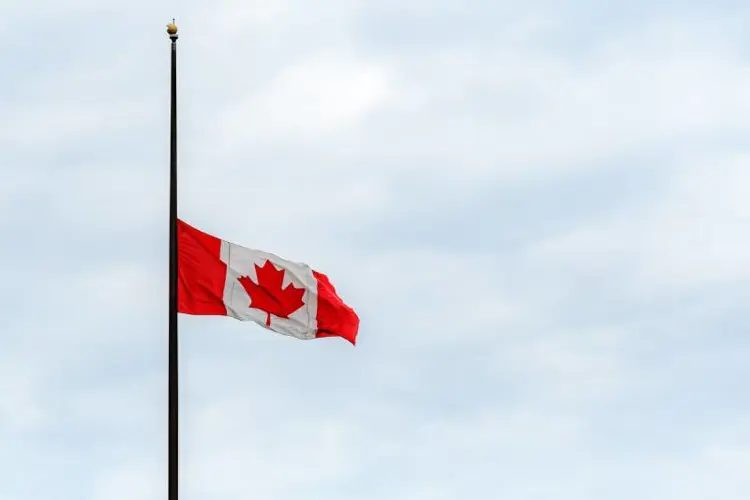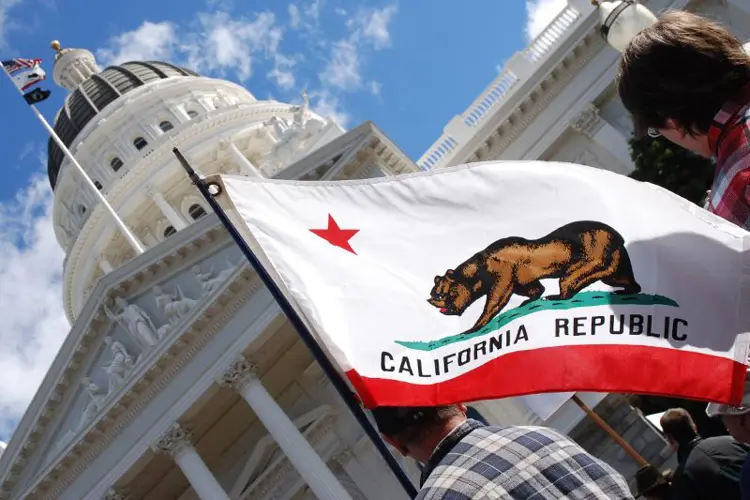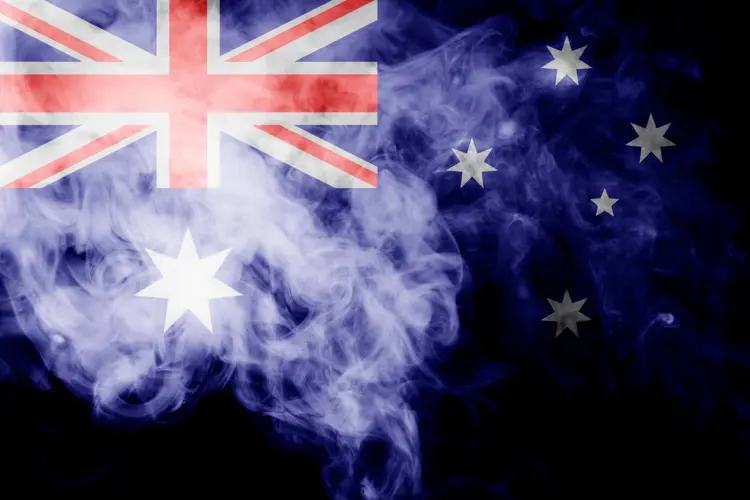Canada is on the verge of banning most vape flavors and forcing manufacturers to reformulate existing allowed flavors using only a short list of ingredients approved by Health Canada. The new regulations were approved by the government almost three years ago, but have lain dormant since then.
Unlike most flavored vape bans that prohibit certain flavor descriptors or “characterizing flavors,” the proposed Health Canada rule will give manufacturers a list of under 100 allowable flavoring ingredients, and mandate that only they be used to create e-liquid—and only in tobacco, mint and menthol flavors.
Among flavorings not allowed are sweeteners of any kind. The regulatory agency said in 2021 it estimated 80-85 percent of existing products in the allowed flavor categories would have to be reformulated to meet the new requirements. Additionally, the regulations will “prescribe sensory attributes standards to prevent a sensory perception other than one that is typical of tobacco or mint/menthol.” In other words, manufacturers will be unable to, for example, add caramel to tobacco flavors, or fruit flavors to mint.
Five Canadian provinces and territories have already banned flavored vapes. Quebec began enforcing its flavor prohibition last October. New Brunswick, Nova Scotia, the Northwest Territories, and Prince Edward Island already had similar laws, and Nunavut has passed a ban but not yet set a date for implementation.
However, even with all those flavor bans in place, over 70 percent of Canada’s population currently has access to flavors. Health Canada’s proposed rule will eliminate the most popular flavors across the entire country.
The phantom flavor rule
On June 19, 2021, Health Canada published new regulations in the Canada Gazette, signifying the government’s intention to implement the flavor ban in six months, after the obligatory public consultation. Vape consumers and businesses steeled themselves for the biggest shakeup the Canadian vape market had yet seen.
Then something happened—or, rather, nothing happened. The flavor rule that had been set to launch in January 2022 never appeared, and all Health Canada mentions of a flavor ban—or the need for one—in documents and social media evaporated. As time passed, vapers began to breathe easier; maybe there would be no flavor ban.
In March 2023, even anti-vaping activist group Physicians for a Smoke-Free Canada—major proponents of banning vape flavors—threw up its hands. The tobacco control hardliners publishedan article speculating that the flavor rule was finished. “It now seems prudent to conclude that the flavour ban has been left to die on the vine," they lamented.
Meet Health Minister Mark Holland
Fast-forward a year and the flavor ban has returned from the dead, probably thanks to the efforts of one person: newly minted Health Minister Mark Holland. The minister has backing, of course, from the usual special interest tobacco control and medical groups that always oppose consumer nicotine products, including his former employer Heart & Stroke.
Holland worked at Heart & Stroke (formerly called the Heart and Stroke Foundation of Canada) between losing his House of Commons seat in 2011 and taking it back in 2015. Holland is a rising star in the majority Liberal Party, representing a riding (district) in Ajax, Ontario.
Since being named Minister of Health last summer, Holland has exhibited exactly the sort of anti-tobacco fervor you might expect from the former “national director of children and youth” at Heart & Stroke.
“I was with Heart & Stroke when we dealt with the issue of vaping,” Holland said at a recent press conference, “and there were many voices at that time, when information was uncertain, who said, ‘Let this exist as a cessation tool. Don’t take action.’ The result of that, unfortunately, was that the tobacco industry was able to addict a whole new cohort of young people—who had no exposure to nicotine—to something that’s absolutely deadly for their health. It has had very injurious outcomes for our health system.”
There are about 1.8 million vapers in Canada, and the vast majority prefer flavors other than the ones Health Canada intends to allow.
Holland has no appreciation of the harm reduction benefits of non-combustible products like vapes and nicotine pouches that serve as consumer alternatives to cigarettes. Everything containing nicotine is, to him, either a “cessation product” or a “deadly” tobacco product. It is hard to imagine how a government official with such a black-and-white view of nicotine use could steer Canada’s vaping policy with any kind of balanced approach. Indeed, he isn’t.
With no warning to consumers or input from them, health officials invited some vape industry representatives to participate in desultory stakeholder meetings in March to discuss the revived flavor rule, then apparently began to plow forward with the three-year-old plan.
"This appears to be a personal legacy project for the Minister of Health, supported strongly by his former peers at the Heart and Stroke Foundation, the Canadian Cancer Society, the Canadian Lung Association, and some smaller anti-smoking NGOs," said Vaping Industry Trade Association (VITA) Managing Director Thomas Kirsop in a press release.
Canadian vape consumers: have your say
The proposed flavor rule will have a devastating effect on legal consumer vaping choices, and will cause irreparable harm to the independent vaping industry, including vape shops. There are about 1.8 million vapers in Canada, and the vast majority prefer flavors other than the ones Health Canada intends to allow. The proposed Health Canada rule will force many back to smoking, and will also create a thriving black market of disposable vapes.
“Make no mistake: Canadians will make every effort to evade a flavour ban, whether through legal or illegal means,” writes Concordia University economics professor Ian Irvine in the Financial Post. “Legal businesses will be destroyed, as we have seen in Nova Scotia and Quebec. The illegal sector will thrive, and Health Canada will have made Canadians less healthy by reducing the flow of cigarette-quitters.”
How can Canadian vapers, and their family and friends, register opposition to the government's draconian flavor restrictions?
So far, nearly 12,000 vaping consumers have used advocacy group Rights4Vapers’ website to construct a letter opposing the rules. After you finish writing the letter, Rights4Vapers will mail copies to your Member of Parliament, Health Canada, Health Minister Holland, and Associate Health Minister (and Minister of Mental Health and Addictions) Ya'ara Saks.
The Freemax REXA PRO and REXA SMART are highly advanced pod vapes, offering seemingly endless features, beautiful touchscreens, and new DUOMAX pods.
The OXVA XLIM Pro 2 DNA is powered by a custom-made Evolv DNA chipset, offering a Replay function and dry hit protection. Read our review to find out more.
The SKE Bar is a 2 mL replaceable pod vape with a 500 mAh battery, a 1.2-ohm mesh coil, and 35 flavors to choose from in 2% nicotine.
Because of declining cigarette sales, state governments in the U.S. and countries around the world are looking to vapor products as a new source of tax revenue.
The legal age to buy e-cigarettes and other vaping products varies around the world. The United States recently changed the legal minimum sales age to 21.
A list of vaping product flavor bans and online sales bans in the United States, and sales and possession bans in other countries.


















